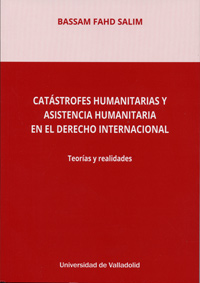HUMANITARIAN DISASTERS AND HUMANITARIAN ASSISTANCE IN INTERNATIONAL LAW: THEORIES AND REALITIES
Keywords:
humanitarian disasters, humanitarian assistance, international law, United NationsSynopsis
In the mid-20th century, new procedures for dealing with humanitarian disasters began to be proposed. In this context, the international community's attitude toward the Biafra crisis led to the convening of a conference at which Mario Bettati and Bernard Kouchner proposed the "doctrine of humanitarian intervention," which advocated assisting the victims of these disasters even if the state where they occurred had not previously authorized it. After the fall of the Berlin Wall and the subsequent outbreak of various conflicts around the world—such as the Gulf War and the genocide in Rwanda—the United Nations Security Council began to consider flagrant violations of human rights as a threat to international peace and security. The UN's attitude gave rise to an era of interest in humanitarian issues, with doctrines centered on the terms "humanitarian assistance" and "human security," even raising the possibility of a positive transformation of the old "humanitarian intervention." Overall, in 2001, the International Commission on Intervention and State Sovereignty (ICISE) prepared a report that clarifies the "responsibility to protect" so that the international community could assist victims when their own state was unable or unwilling to do so. This study examines the content of current international regulations on humanitarian assistance, the doctrine of humanitarian intervention, and the concept of the responsibility to protect, as well as the United Nations' response to various crises (Iraq, Bosnia-Herzegovina, Somalia, Rwanda, Haiti, Kosovo, Libya, Yemen, and Syria).

Price
17.31 EURPublished
Categories
Right Holder
Ediciones Universidad de Valladolid y autor(es)/autora(s) 2019License

This work is licensed under a Creative Commons Attribution-NonCommercial-NoDerivatives 4.0 International License.

